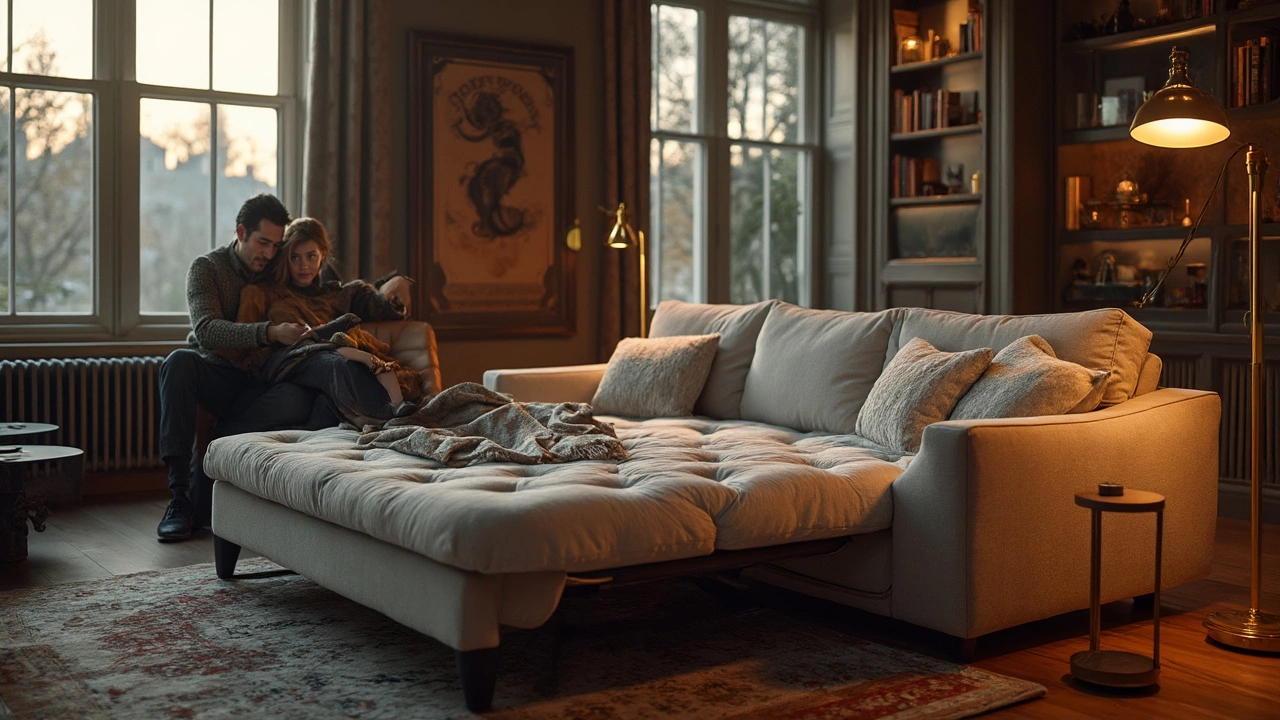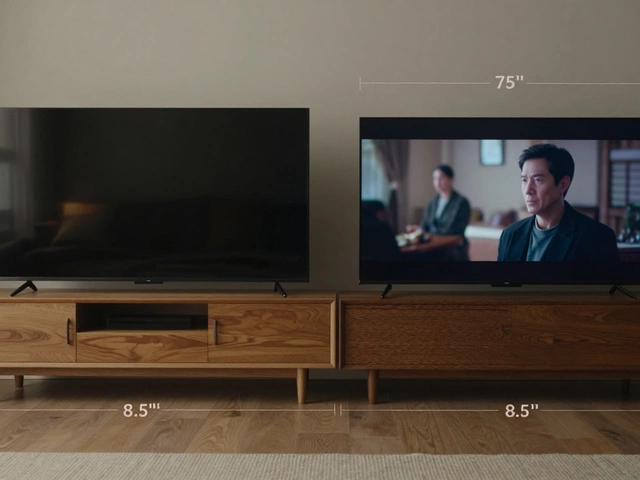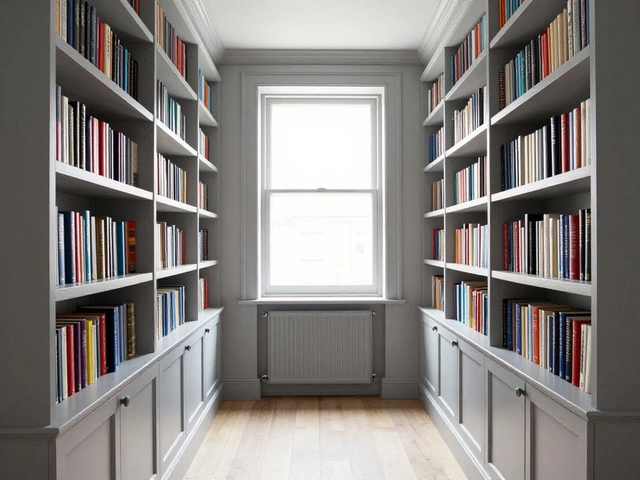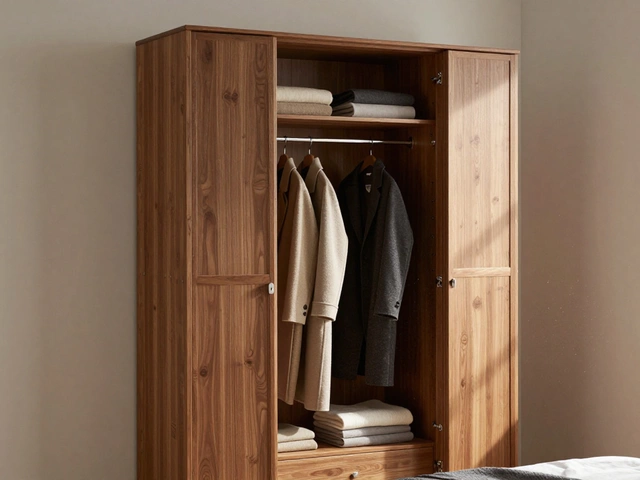Expensive Furniture: Why It Costs So Much and When It’s Worth It
Ever walked into a showroom and thought, “Do I really need to spend that much?” You’re not alone. Expensive furniture can feel like a status symbol, but it also promises quality, durability, and design that cheap pieces often lack. Before you pull out your credit card, let’s break down what makes a piece pricey and how to tell if it’s a smart buy for you.
What Makes Furniture Expensive?
First off, material matters. Solid hardwoods such as walnut or oak cost a lot more than particle board, and they age beautifully. Natural leather, hand‑stitched upholstery, and real marble surfaces also add big price tags. Second, craftsmanship plays a huge role. A chair that’s hand‑carved, hand‑finished, or assembled by skilled artisans will cost more than a mass‑produced item that comes off a conveyor belt.
Third, brand reputation matters. Designers with a long history or a famous name often charge a premium because you’re buying their reputation as much as the product. Limited‑edition runs add scarcity value – if only a handful are made, the price jumps. Lastly, logistics can push costs up. Shipping a massive, fragile piece safely can be expensive, especially if it’s made abroad and has to travel a long way.
How to Decide If It’s a Good Investment
Ask yourself three questions before you buy. One, will the piece last a lifetime? High‑end furniture should stand up to years of use without sagging or cracking. Two, does it fit your style long term? Trends fade, but a classic design can stay fresh for decades. Three, can you afford it without hurting other priorities? Even the best furniture isn’t worth it if it forces you to skip essential expenses.
If you’re leaning toward a pricey item, do a hands‑on test. Sit on sofas, open drawers, and feel the finish. Look for solid joints – dovetail or mortise‑and‑tenon – instead of cheap staples or glue. Check warranties: a good maker will stand behind their work for at least five years. Also, compare similar pieces from different makers; you’ll often find a mid‑range option that offers most of the same benefits at a lower cost.
Consider resale value, too. Some high‑end brands hold their price well, especially if you keep the original documentation and maintain the piece. If you think you might move soon, a timeless design from a reputable maker can be a portable asset.
Finally, think about the overall room budget. Investing in one standout piece, like a solid‑wood dining table, can elevate cheaper surrounding items. Pair a high‑end sofa with affordable side chairs, or match a premium bed frame with budget‑friendly bedding. Balance is key – you don’t need a fully luxury set to enjoy a high‑quality focal point.
Bottom line: expensive furniture isn’t automatically better, but it often delivers on durability, comfort, and design. By checking the materials, craftsmanship, brand reputation, and your own needs, you can decide whether the price tag is justified. When you buy smart, an investment piece can become a heirloom that looks good and lasts for generations.
Why Are Sofa Beds So Expensive? Uncovering the Real Costs
Sofa beds can be surprisingly pricey, leaving many wondering why. This article explores the real reasons behind their high cost. From the dual functionality and complex design to the materials used, there are numerous factors to consider. We'll delve into these aspects to help you understand what you're paying for, offering insights that make your next purchase a more informed one.







